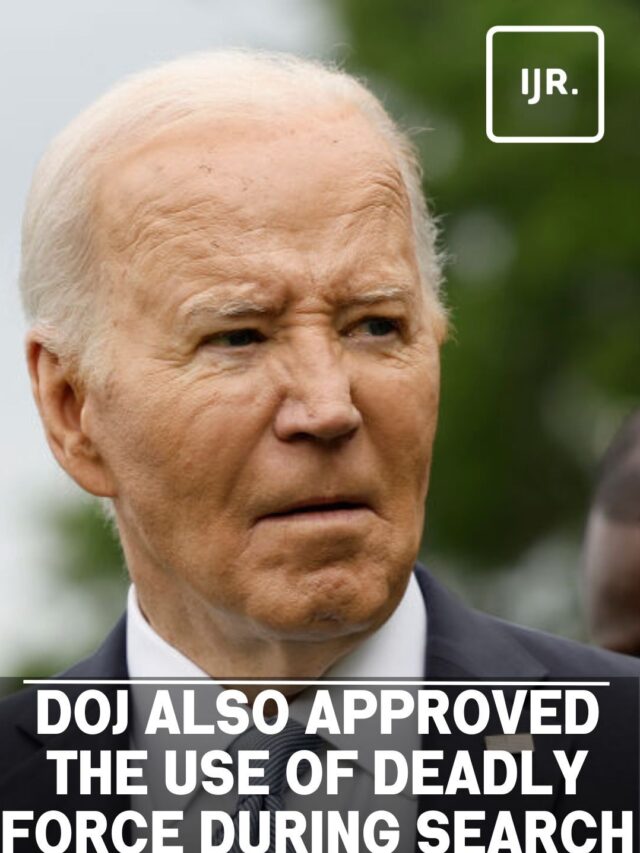The United States marked a grim milestone this week with COVID-19 cases topping 3 million in the country. The globe is grappling with the pandemic that is still causing fatalities, unprecedented shutdowns and closed borders months after the new virus first appeared in the US.
Where the U.S. stands with coronavirus cases, hospitalizations, and the death count
Since March, the coronavirus has wreaked havoc across the globe, hitting the U.S. especially hard, but the first case was actually reported earlier.
The U.S. Centers for Disease Control and Prevention (CDC) reports the first known coronavirus case in the U.S. was on January 22. In March, the U.S. began to see an uptick in cases, spiking to 43,438 new cases on April 6. Since then, there was a slight decrease in the new cases per day through the start of June, but it has since jumped, hitting 64,771 new cases on July 8.
The U.S. has over 3 million cases, as of publication. There are more than 135,000 deaths and over 1.4 million recoveries reported. This week the U.S. overall has seen a record high in daily new cases.
The number of cases in the U.S. is a stark contrast to the European Union, which has seen about 4,000 new cases per day, compared to the roughly 50,000 new cases per day in the U.S., according to a report from July 8.
The highest reported daily death rate due to the virus was on May 6 with 2,701 deaths. The U.S. saw a steady decline in the number of deaths reported daily through July 5 with 212. There was, however, a surge on July 7 with 902 deaths reported. Though the mortality rate was on the decline, hospitalizations are still surging.
President Donald Trump has taken to Twitter to write that “deaths are down, ‘low and steady.’” However, health experts urge against finding comfort in the death rate.
Despite the overall decrease in reported deaths per day due to the coronavirus in the U.S., Dr. Anthony Fauci said during a virtual event on July 7 that it is “a false narrative to take comfort in a lower rate of death.”
“There are so many things that are dangerous and bad about this virus,” Fauci said. “Don’t get yourself into a false complacency.”
Florida, California, and Texas reported record numbers on Thursday with new daily death numbers.
States have seen a spike in cases, but some governors will not roll back reopening
While several states have reported an upward trend in daily coronavirus cases, some states, such as New York and Massachusetts, have reported a downward trend. New York was hit the hardest initially by COVID-19, quickly becoming the global epicenter.
Since then other states have shown markings of the next epicenter, including Arizona and Louisiana. In Arizona, the state saw 89% of its intensive care unit beds full on July 6, according to the state’s Department of Health.
In California, Gov. Gavin Newsom (D), said on July 6 that hospitalizations due to the virus increased from 3,868 on June 22 to 5,790 on Monday — a roughly 50% increase. The positivity rate — the trend of positive tests over the last 7 days — in the state was 4.4% in mid-June and rose to 7.5% at the beginning of July.
Florida has also been hit hard by the virus recently, as the state went from 3,286 new daily cases on June 23 to 11,458 new cases reported on July 4. Since the weekend, the state has a more than 18% positivity rate.
Some states have put reopening their economies on pause, including Texas and Florida. Texas Gov. Greg Abbott (R) said, “The last thing we want to do as a state is go backwards and close down businesses. This temporary pause will help our state corral the spread until we can safely enter the next phase of opening our state for business.”
Additionally, Florida and Arizona closed down their bars ahead of the Fourth of July weekend, and California shut down its indoor bars and dining. There are at least 19 states that have rolled back on their reopenings.
Florida Gov. Ron DeSantis (R) is a vocal governor who has made it clear that he does not want to roll back on reopening. He said on Monday, “We have to have society function. You can have society function in a way that keeps people safe.”
He also said that he believes Florida’s outbreak has “stabilized at where we’re at” — a remark that received a fact-check from CNN, as the network said the claim “doesn’t square with the data.”
Governors have taken different measures to curb further spikes in their state, as New York Gov. Andrew Cuomo (D) enacted quarantine restrictions on people traveling to the state. Both Connecticut and New Jersey also have travel quarantine advisory. Additionally, several states have mandated wearing masks, and local and federal governments are urging people to social distance.
Politicians take jabs at the president as the U.S. battles coronavirus
The president has come under fire being accused of downplaying the virus including when he said he is hoping it “will disappear” and previously suggesting it will be “like a miracle” in doing so.
Trump also said at a recent rally in Tulsa, Oklahoma, “I said to my people, slow the testing down, please.” Trump later backpedaled on those remarks, saying that he made them “sarcastically,” adding that slowing down testing is “not the right thing to do.”
In response to Trump’s remarks on slowing down testing, House Speaker Nancy Pelosi (D-Calif.) called the president “ethically unfit and intellectually unprepared to lead.”
Among those who have also taken a swing at the president over his coronavirus response include Democratic presidential candidate Joe Biden. Recalling when Trump called himself a “wartime president,” Biden said during a speech in Delaware on June 30, “It seems like our war-time president has surrendered, waved the white flag and left the battlefield.”
In case you missed it:
Biden on Trump's coronavirus response: "It seems like our wartime president surrendered, waved the white flag and left the battlefield." pic.twitter.com/6dXpdyI5CV
— Aaron Rupar (@atrupar) June 30, 2020
Additionally, this week, New York Gov. Andrew Cuomo (D) directed his message toward Trump, saying, “Don’t be a co-conspirator of COVID.”
“Do one simple thing: acknowledge to the American people that COVID exists. It is a major problem. It’s going to continue until we admit it and each of us stands up to do our part,” Cuomo said.
The New York governor continued, “If he does not acknowledge that, then he is facilitating the virus. He is enabling the virus.”
Trump has also taken a jab at Democratic-run governors for taking a different approach to handling the pandemic, previously tweeting, “Why should the people and taxpayers of America be bailing out poorly run states?”
Trump places focus on testing increases as the reason for increased cases numbers, but what are the experts saying?
The president has repeatedly expressed that the increased number of confirmed coronavirus cases in the U.S. is due to increased testing.
“Cases, Cases, Cases! If we didn’t test so much and so successfully, we would have very few cases,” he tweeted on July 4.
https://twitter.com/realDonaldTrump/status/1279487628732256257
Despite the Trump administration’s claims about testing increases, health experts have, however, placed focus on the positivity rates increasing.
The World Health Organization (WHO) is among those who said rises in cases is not solely due to increased testing. The agency said on June 22, “We do not believe that this is a testing phenomenon.”
Health experts have also suggested decreased social distancing is the culprit in rising case numbers. Others have pointed to improved and widespread testing, as well as young people making up a larger number of cases.
According to data conducted through July 9, the share of daily COVID-19 tests that are positive in the U.S. is 8%, while Canada has 0.9% and Mexico has 56.2%, according to Our World in Data. The website for Our World in Data also shows the U.S. has 12.44 tests conducted per positive result, as of July 9. This is compared to 110.43 tests per confirmed case in Canada, and 1.78 tests per confirmed case in Mexico. Though Canada has almost a ninth of the population of the U.S., Canada has taken a much slower approach to reopening its economy than the U.S.
Some countries in the European Union have had more strict measures and held the lockdowns longer, a potential reason it has seen better numbers than the U.S. in regards to new daily coronavirus cases, as The Hill notes.
Moving forward with the Democratic National Convention and Republican National Convention amid a pandemic?
This year’s presidential election looks different from others as the coronavirus pandemic has caused in-person rallies and events to be paused.
It was not until June 20 when Trump held a rally in Tulsa, Oklahoma — the first in-person rally since March. The president’s re-election campaign is trying to press forward to build momentum ahead of the election and he plans to hold another rally on July 11 at the Portsmouth International Airport in Portsmouth, New Hampshire.
Biden’s campaign previously confirmed that the former vice president is committing to three presidential debates against Trump. The debates are scheduled for September 29, October 15, and October 22.
The former vice president will officially accept the Democratic nomination at the Democratic National Convention held August 17-20 in Milwaukee, Wisconsin. From there, the convention will be largely virtual, according to the DNC.
On the flip side, the Republican National Convention will be held on August 24-27 in Jacksonville, Florida, and Charlotte, N.C., and those attending will be tested daily for the coronavirus. The president also indicated recently that the convention could downsize.
With more than a month out and concerns regarding COVID-19, some Republican senators have already said they will not be attending the convention.
“I’m not going to go. And I’m not going to go because of the virus situation,” Sen. Chuck Grassley (R-Iowa), who has not missed a convention in 40 years, said of his decision.
























